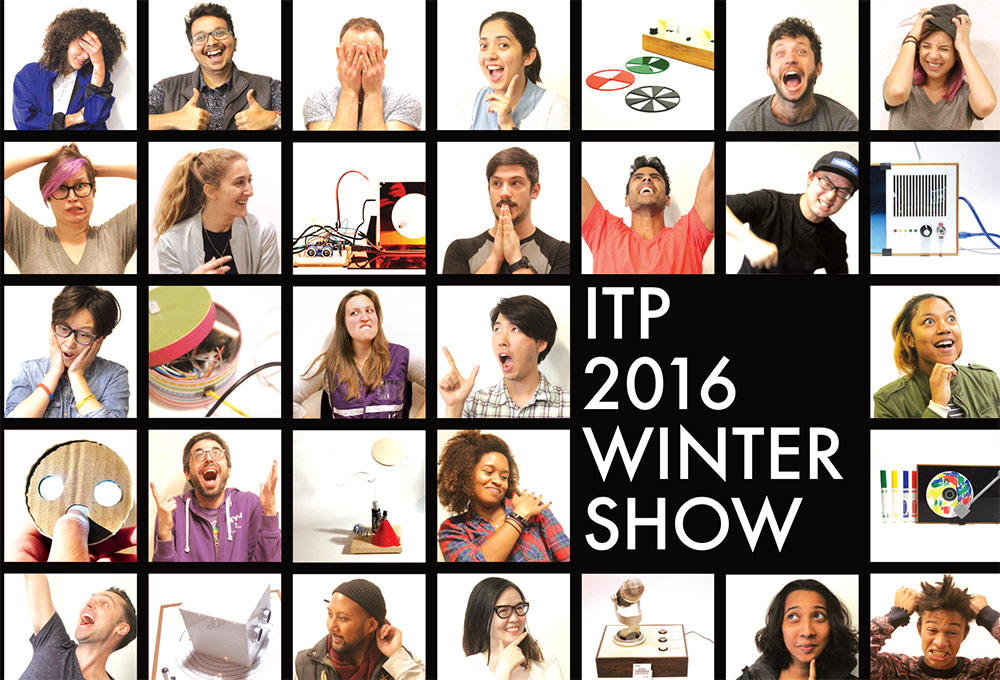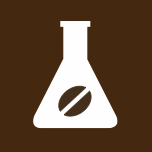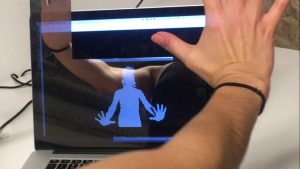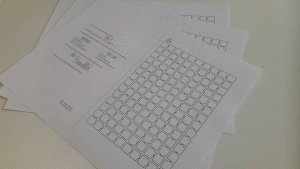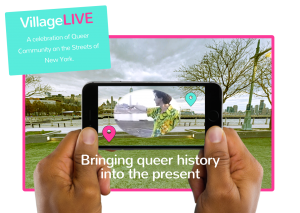Jose (Sejo) Vega-Cebrian
The Hamiltonian Cards are generative coloring puzzles: follow the instructions to reveal their messages
http://escenaconsejo.org/HamiltonianCards
Description
The Hamiltonian Cards are generative coloring puzzles: follow the instructions to reveal their messages. They consist in a grid of cells -squares with arrows- pointing to each other in a type of sequence called Hamiltonian Path. A Hamiltonian Path in a grid is a path that visits each and every cell exactly once. Therefore, following the path of arrows and coloring each cell that you encounter you will color the whole grid. The magic occurs because there are two types of arrow: the triangular arrow indicates that you have to fill the next cell with the same color of the current cell, and the circular arrow indicates that you have to fill the next cell with the alternate color. Filling the cells and changing the fill color according to the instructions, will allow you to reveal the hidden images.
Under the hood, the Hamiltonian Cards are created by a software that processes a monochromatic and low pixel image using a generated Hamiltonian path. The path is used to traverse the image to define the orientation of the cells in the card and their corresponding arrow shape; somewhat executing the inverse process of what you do when solving the puzzle. Multiple paths can be used to process a single image, and multiple images can be processed with the same path. Thus many unique designs can be obtained with this same software.
This project was originated in the Visual Language class with Katherine Dillon. My idea was to create unique graphic designs that require a playful and puzzling interaction to reveal a hidden design. The best approach for me was to create generative software in p5.js and Processing that would process and encode a message in an almost never ending set of outcomes following the same basic rules.
Classes
Comm Lab: Visual Language
